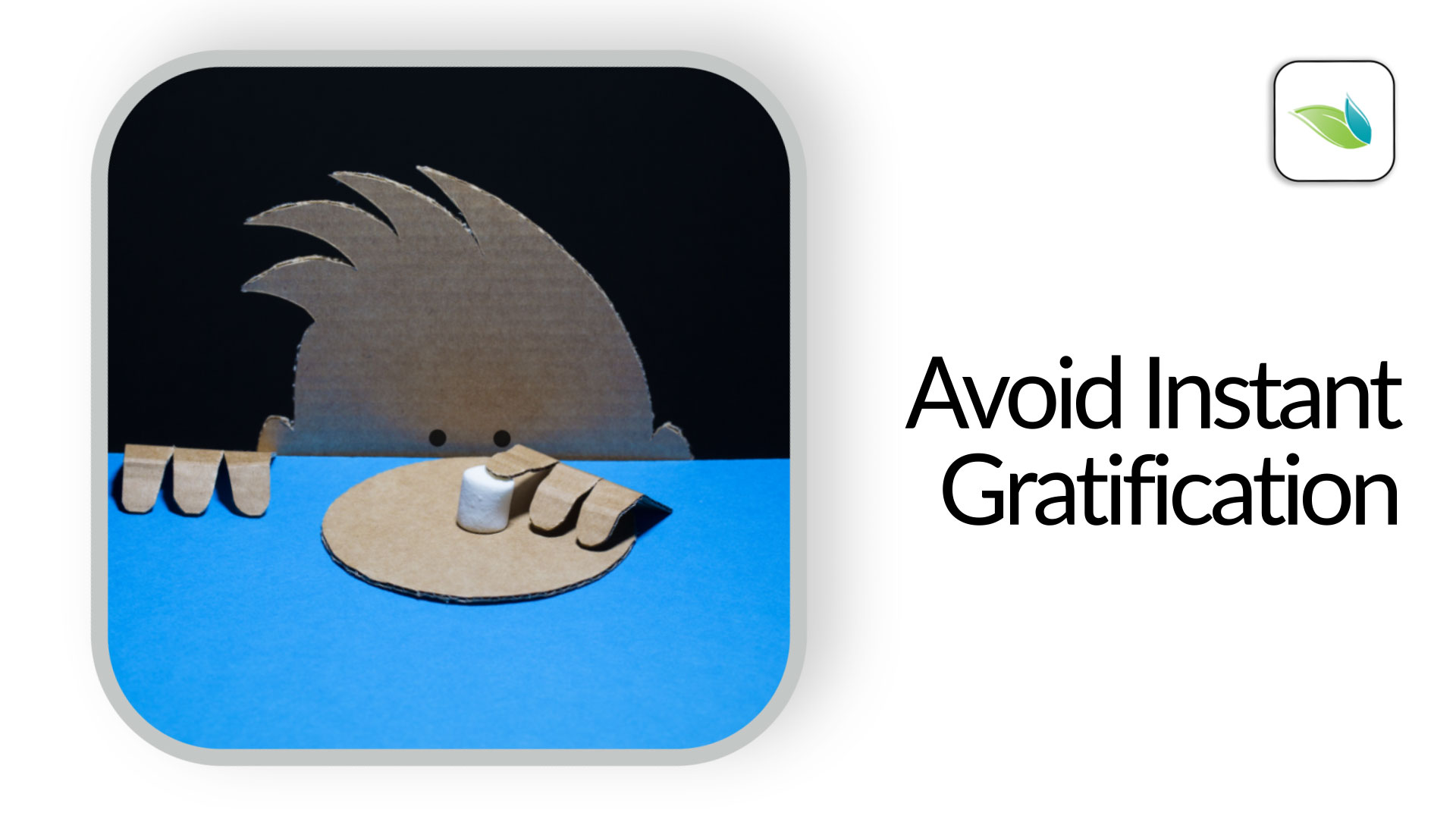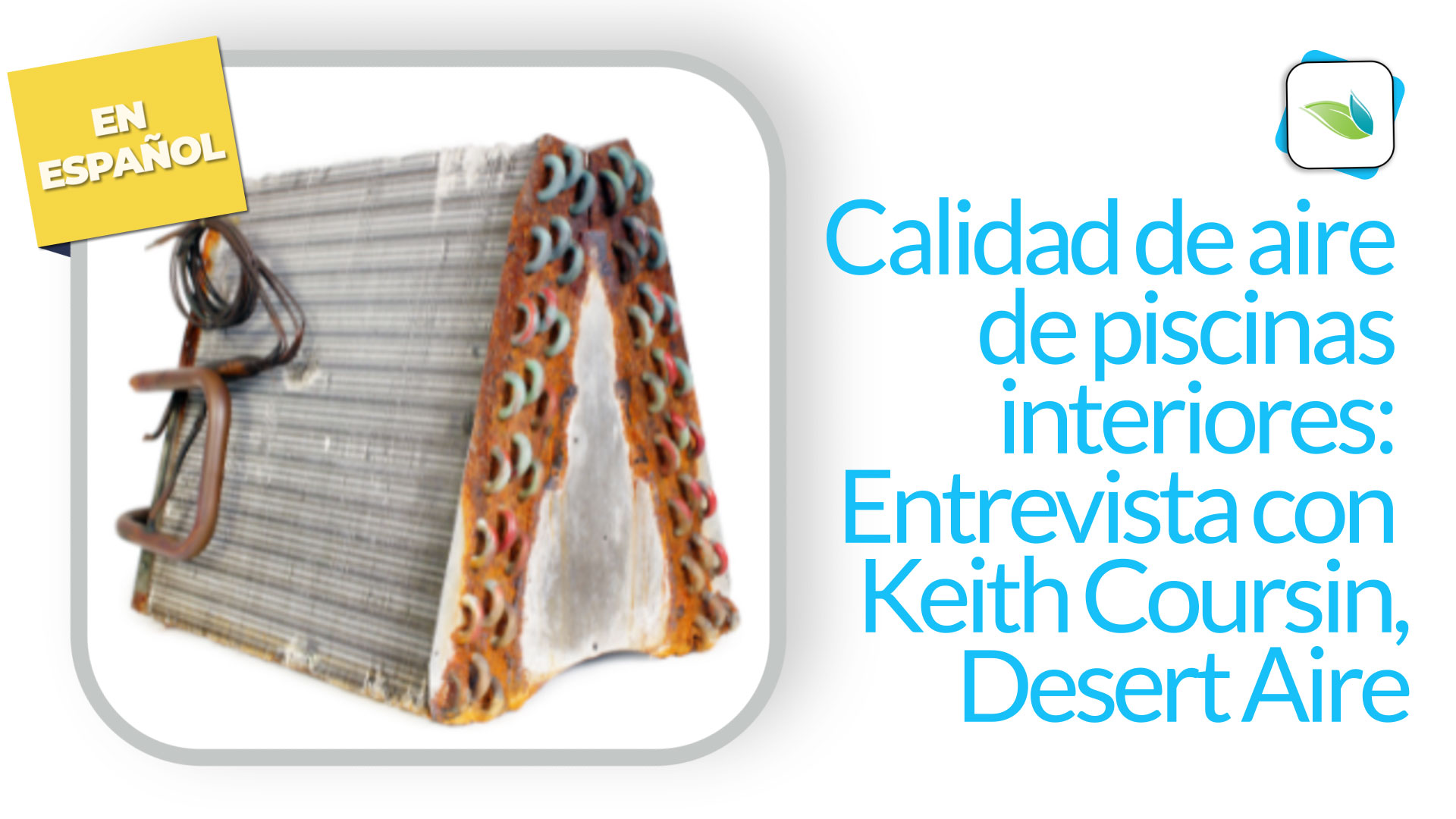NSF/ANSI Standard 50 and the MAHC
Commercial Pool Chemicals must be NSF Certified or EPA Registered
"New: Specifies that numerous pool chemicals (stabilizers, pool-grade salt, clarifiers, flocculants,...
Posts by:
Eric Knight is a former competitive swimmer and American Record Holder. He is devoted to fixing indoor air quality (IAQ) problems in natatoriums and is currently the Director of Sales and Marketing for Orenda.

"New: Specifies that numerous pool chemicals (stabilizers, pool-grade salt, clarifiers, flocculants,...

My grandfather has a few rules that go unquestioned and are universally obeyed. One of them is "leave it better than you found it." It could mean the bedroom I'm staying in at their home...or the kitchen after I eat lunch. It also applies to borrowing tools, the car, the tractor, or anything else that does not belong to me. Leave (or return) it better than you found it. A profoundly simple rule to remind us to respect others and their property.

Delayed gratification doesn't sell. In an effort to get ahead, tech companies (social media platforms, in particular) are in a race to feed our instant gratification appetites. Want that item? Get online and order it, it will arrive in just a few days. Wait, no, order it directly from the app. Wait, even better, tell Siri, Alexa or "Ok Google" to order it for you! Ahh, yes, progress.

I got a text from a customer in the Northeast that just finished plastering a pool the week before. The text had a picture in it of a green pool, and it read:

The following is a true story, exactly the way I remember it. Not that I could ever forget my time in that tiny warmup pool...

Pools get cloudy for a number of reasons. This article will discuss several of them, but keep in mind you could have a combination of these factors going on. There are three distinct types of water clouding: water quality issues (green, yellow, or brown cloudiness), water balance issues (pure white or gray), and chemical conflicts (usually bubbly or films floating around on the surface).


I have never plastered a pool in my life. In fact, until this week, I had never even seen pool plaster being applied. To be honest, I did not even know the difference between plaster, cement, gunite, concrete, shotcrete, or any other type of -crete. Because of this utter lack of knowledge and experience, I thoroughly enjoyed my time at this year's National Plasterers Council (NPC) annual conference in New Orleans.

Not only is peeing in the pool disgusting, it also results in harmful disinfectant byproducts (DBPs) being off-gassed from the water. Examples of these DBPs are chloramines (specifically the airborne NCl3, Nitrogen Trichloride), chloroform, cyanogen chloride, and other gases. They are harmful and cause swimmers like me to develop asthma and lifeguard lung. Ironically, our urine is one of the root causes of the harmful air we breathe. One would think that would be enough to stop swimmers from peeing in the pool. But there are valid reasons why swimmers pee.

Any pool is capable of having world class water clarity, provided they have the right components and management practices. Most pools face cloudy pool water at least some of the time. In this article, we focus on the pools that consistently have stunning water clarity. What are they doing differently?

As a follow up to part 1 and part 2 of the history of pool indoor air quality (IAQ), I reached out to Keith Coursin, the President of Desert Aire Corp, a prominent pool dehumidifier manufacturer. Coursin has been in the field of HVAC technology since his 20's; in my personal opinion he's one of leading experts on pool dehumidification in the world. This is my interview with Keith Coursin.
Part%202_English_v1.jpg)
Continued from History of indoor pool air quality (IAQ) | Part 1.